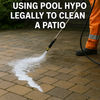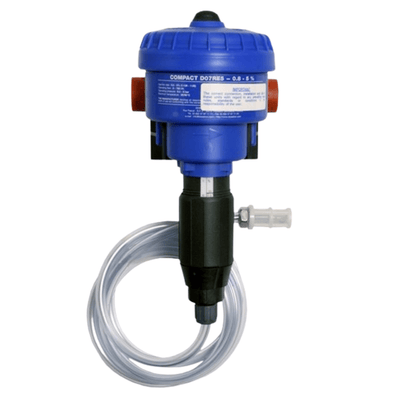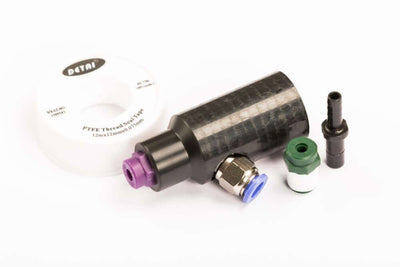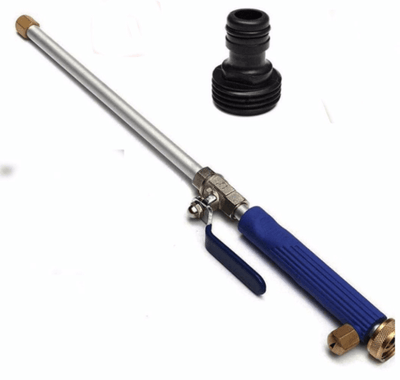The Ultimate Guide to Soft Washing Surfactants: What You Need to Know

Are you looking to dive into the world of soft washing and uncover the role of surfactants? Soft washing is an essential part of maintaining exteriors like rendered walls and driveways. But one often overlooked aspect is the importance of surfactants within the cleaning mix. This guide will break down everything you need to know about surfactants in the soft washing process.
What is a Surfactant? 🧴
In simple terms, a surfactant, or surface-active agent, is a substance that helps lower the surface tension of the liquid it is dissolved in. This ability to reduce tension makes it easier for the cleaning solution to spread and penetrate surfaces, resulting in a more effective cleaning process.
For a deeper understanding of surfactant roles, check out our detailed podcast episode!
Why Are Surfactants Crucial in Soft Washing? 🏠
Why can't you just use water and soap for your cleaning tasks? Here's why:
- Enhanced Penetration: Surfactants help the cleaning agents to reach deep-seated dirt and contaminants.
- Hydrophobic and Hydrophilic Balance:They balance the hydrophilic (water-loving) and hydrophobic (water-repelling) properties of the solution.
- Protect Surfaces: A balance of surfactants prevents damage to delicate surfaces like painted walls and wooden decks.
To see expert advice on cleaning surfaces such as rendered walls, visit our blog on How to Clean Rendered Walls Effectively.
Common Types of Surfactants 🧹
- Non-ionic: These surfactants are often used in industrial cleaning formulations and are known for being mild on surfaces.
- Anionic: These are commonly found in household cleaning products but are usually harsher compared to non-ionic surfactants.
- Cationic: These provide antibacterial properties, ideal for sanitation applications.
For a high-performance surfactant specifically developed for soft washing, check out Clever Wash Surfactant on SoftWash UK.
Choosing the Right Surfactant for Soft Washing 🧼
Not all surfactants are created equal, and the right choice can make all the difference:
Compatibility with Soft Wash Chemicals
The surfactant you choose should be compatible with your soft wash chemicals. For example, using sodium hypochlorite can be effective but requires a surfactant that won't neutralize its efficacy. Here's a useful mixing guide to get you started.
Surface Type Consideration
The type of surface you're cleaning plays a significant role in your surfactant choice. For instance, wooden surfaces need specific treatments. Check if sodium hypochlorite can be used on wood.
Environmental Impact 🌍
Surfactants can have a substantial impact on the environment. Always choose eco-friendly options to minimize damage to the surroundings.
Best Practices and Tips for Using Surfactants in Soft Washing
Here are some practical tips to make your next soft washing project a success:
- Avoid Overuse: More surfactant doesn't mean better results. Follow the recommended mixing ratios.
- Test on Small Areas: Always test your solution on a small, inconspicuous area before applying it widely.
- Use Proper Equipment: Invest in quality soft washing equipment to ensure efficient and safe cleaning.
For quality equipment, explore our range at Soft Washing Equipment.
Wrapping Up 🎉
Understanding surfactants is crucial for anyone involved in soft washing. From choosing the right type to learning best practices, it can determine the success of your cleaning projects. Always aim for compatibility, consider the surface type, and remember your environmental responsibilities. Need more insights? Head over to SoftWash UK for expert advice and top-quality products.
Lest go! 📢
Ready to elevate your soft washing game? Visit SoftWash UK for all your soft washing needs!


































